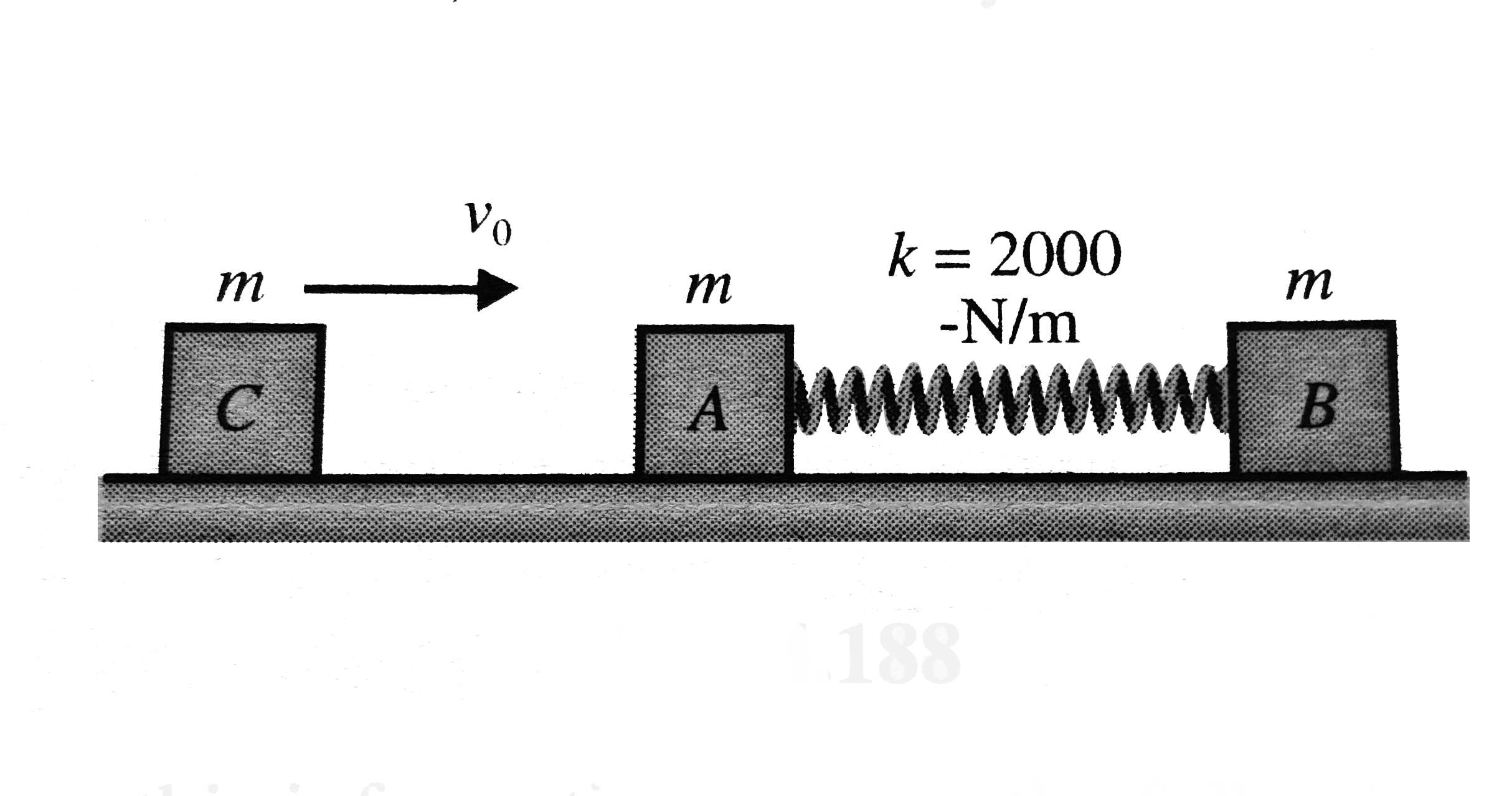Repeated reproduction of Paramecia by binary fission leads to
Senile decary
Fatigue
Sterillity
Mortality.
The correct Answer is:A
To answer the question regarding the repeated reproduction of Paramecia by binary fission, we can follow these steps:
1. Understanding Reproduction:
- Reproduction is the biological process through which organisms produce new individuals similar to themselves. In Paramecia, this occurs through asexual reproduction.
Hint: Remember that reproduction can be either sexual or asexual, and Paramecia specifically reproduces asexually.
2. Mode of Asexual Reproduction:
- Paramecia reproduce asexually primarily through a process called binary fission. This involves the division of a single organism into two identical daughter cells.
Hint: Focus on the term "binary fission" as it is crucial for understanding how Paramecia reproduce.
3. Nuclear Division:
- During binary fission, Paramecia have two types of nuclei: the macronucleus and the micronucleus. The macronucleus undergoes a process called amytosis, while the micronucleus divides through mitosis.
Hint: Distinguish between the two types of nuclei and their respective processes of division.
4. Formation of New Cells:
- After the division of the nuclei, the cell divides, resulting in two new Paramecia, each containing a copy of both the macronucleus and micronucleus.
Hint: Each new cell must inherit genetic material from the parent cell.
5. Repeated Reproduction Effects:
- If binary fission occurs repeatedly, it can lead to an accumulation of organisms and eventually the decomposition of dead matter, which is a natural process in ecosystems.
Hint: Think about what happens in nature when organisms reproduce continuously.
6. Identifying the Correct Option:
- The repeated reproduction of Paramecia by binary fission leads to a process known as senile decay, which is the decomposition of dead matter.
Hint: Connect the concept of repeated reproduction to the ecological impact it has, leading to senile decay.
Conclusion:
The correct answer to the question is senile decay, which corresponds to option number one.
- Reproduction is the biological process through which organisms produce new individuals similar to themselves. In Paramecia, this occurs through asexual reproduction.
- Paramecia reproduce asexually primarily through a process called binary fission. This involves the division of a single organism into two identical daughter cells.
- During binary fission, Paramecia have two types of nuclei: the macronucleus and the micronucleus. The macronucleus undergoes a process called amytosis, while the micronucleus divides through mitosis.
- After the division of the nuclei, the cell divides, resulting in two new Paramecia, each containing a copy of both the macronucleus and micronucleus.
- If binary fission occurs repeatedly, it can lead to an accumulation of organisms and eventually the decomposition of dead matter, which is a natural process in ecosystems.
- The repeated reproduction of Paramecia by binary fission leads to a process known as senile decay, which is the decomposition of dead matter.
The correct answer to the question is senile decay, which corresponds to option number one.
Topper's Solved these Questions
- KINGDOM PROTISTA (UNICELLULAR EUKARYOTES)BOOK - DINESH PUBLICATION ENGLISHCHAPTER - KINGDOM PROTISTA (UNICELLULAR EUKARYOTES)EXERCISE - REVISION QUESTION FROM COMPETITIVE EXAMS.
298 Videos
- KINGDOM PROTISTA (UNICELLULAR EUKARYOTES)BOOK - DINESH PUBLICATION ENGLISHCHAPTER - KINGDOM PROTISTA (UNICELLULAR EUKARYOTES)EXERCISE - CHECK YOUR GRASP
19 Videos
- KINGDOM PLANTAE OR METAPHYTA BOOK - DINESH PUBLICATION ENGLISHCHAPTER - KINGDOM PLANTAE OR METAPHYTA EXERCISE - CYG
20 Videos
- LEAFBOOK - DINESH PUBLICATION ENGLISHCHAPTER - LEAFEXERCISE - CYG
10 Videos
Similar Questions
Knowledge Check

Two identical blocks A and B, each of mass m=3kg, are connected with the help of an ideal spring and placed on a smooth horizontal surface as shown in Fig. Another identical blocks C moving velocity v0=0.6ms collides with A and sticks to it, as a result, the motion of system takes place in some way
Based on this information answer the following questions:
Q. Oscillation energy of the system i.e., part of the energy which is oscillation (changing) between potention and kinetic forms isA(i) and (ii)B(ii) and (iii)C(i) and (iii)D(iii) and (iv)
